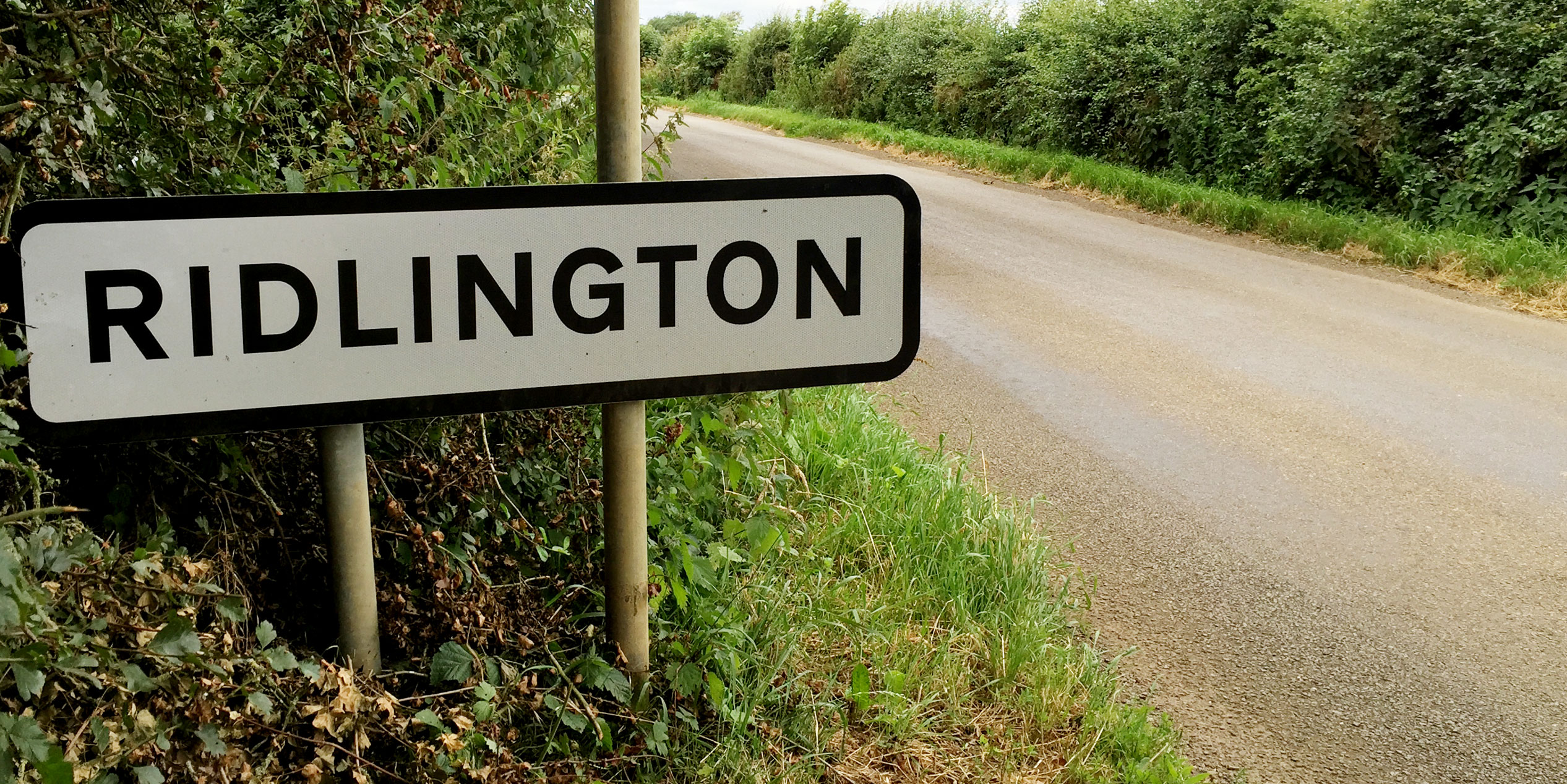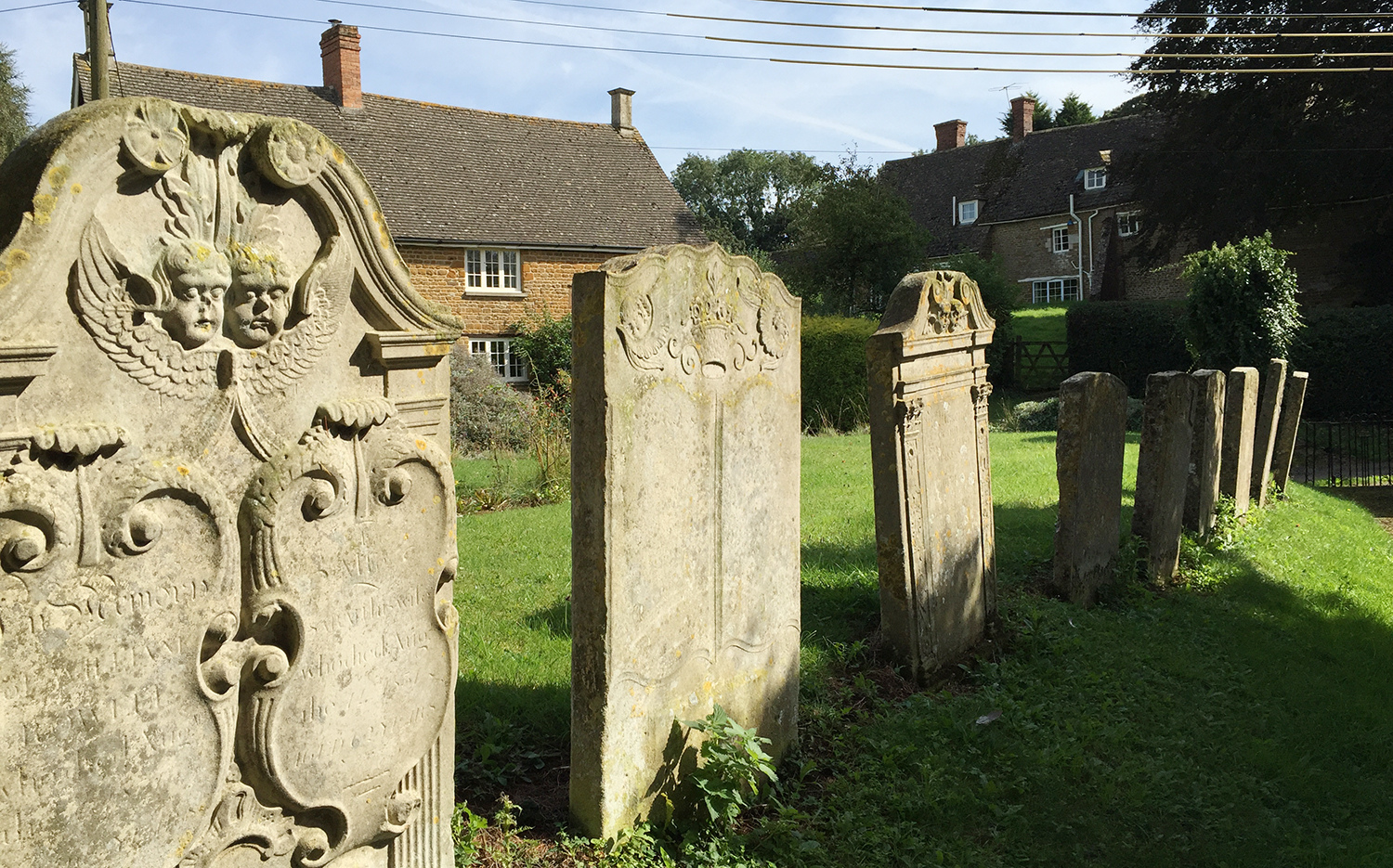
Ridlington is located in a rural area in the county of Rutland, about two miles north west of Uppingham. The village is at almost 600ft above sea level and is situated on a North facing slope overlooking the Chater river valley. The village itself has in the region of 70 dwellings, including several working farms. It is of a rectangular shape with the main street providing the northern boundary, Top Road the southern boundary and with the east and west boundaries marked by two narrow lanes, East Lane and West Lane. A further central lane- Church lane- runs from North to South across the centre of the village and the church adjoins this.
Village heritage
Ridlington is an ancient village, referred to in the Domesday Book as ‘Redlinctune’ and through the medieval period covered a larger area than presently. The village is in a conservation area and with a Bronze Age hill fort, has the only scheduled monument in Rutland. The village may have been in continuous habitation for over 4,000 years. The oval churchyard suggests pagan worship preceding Christian on the site of the present church.
As a very ancient settlement in the East Midlands, Ridlington continues to have a high profile in local history. The Hallaton Field Walking Group and Leicester University, having surveyed the Bronze Age settlement, intend to survey other parts of the village. Summaries of the village history are displayed and maintained in the north isle of the church. In tune with national commemorations, the display boards are telling the story of the village through World War One and guides visitors to the playing fields where oaks from Delville Wood on the Somme, France have been planted and to chestnuts, from Admiral Nelson’s Norfolk village.
The church is the centre of the community and a place of continuous Christian worship for over 900 years from Saxon Queen Edith to Queen Elizabeth II. It has Saxon and Norman foundations and masonry still evident despite Victorian restoration in 1860. It is a Grade II* listed building, the oldest visible parts are the pillars and arches on the south side of the nave and chancel arch. Elaborate memorials link the church to the fortunes of notable Ridlington families who fought in the Wars of the Roses and the English Civil War.

